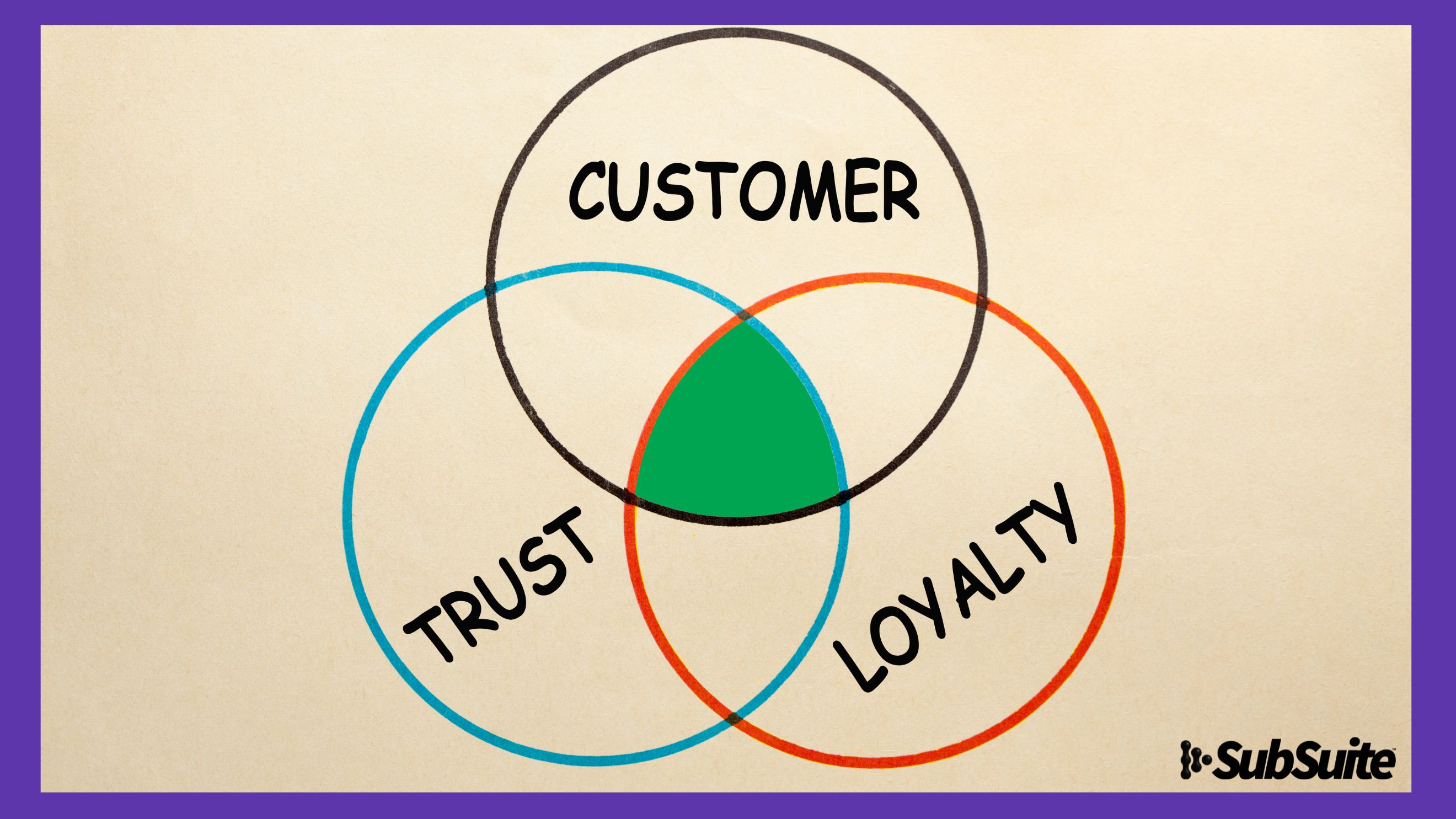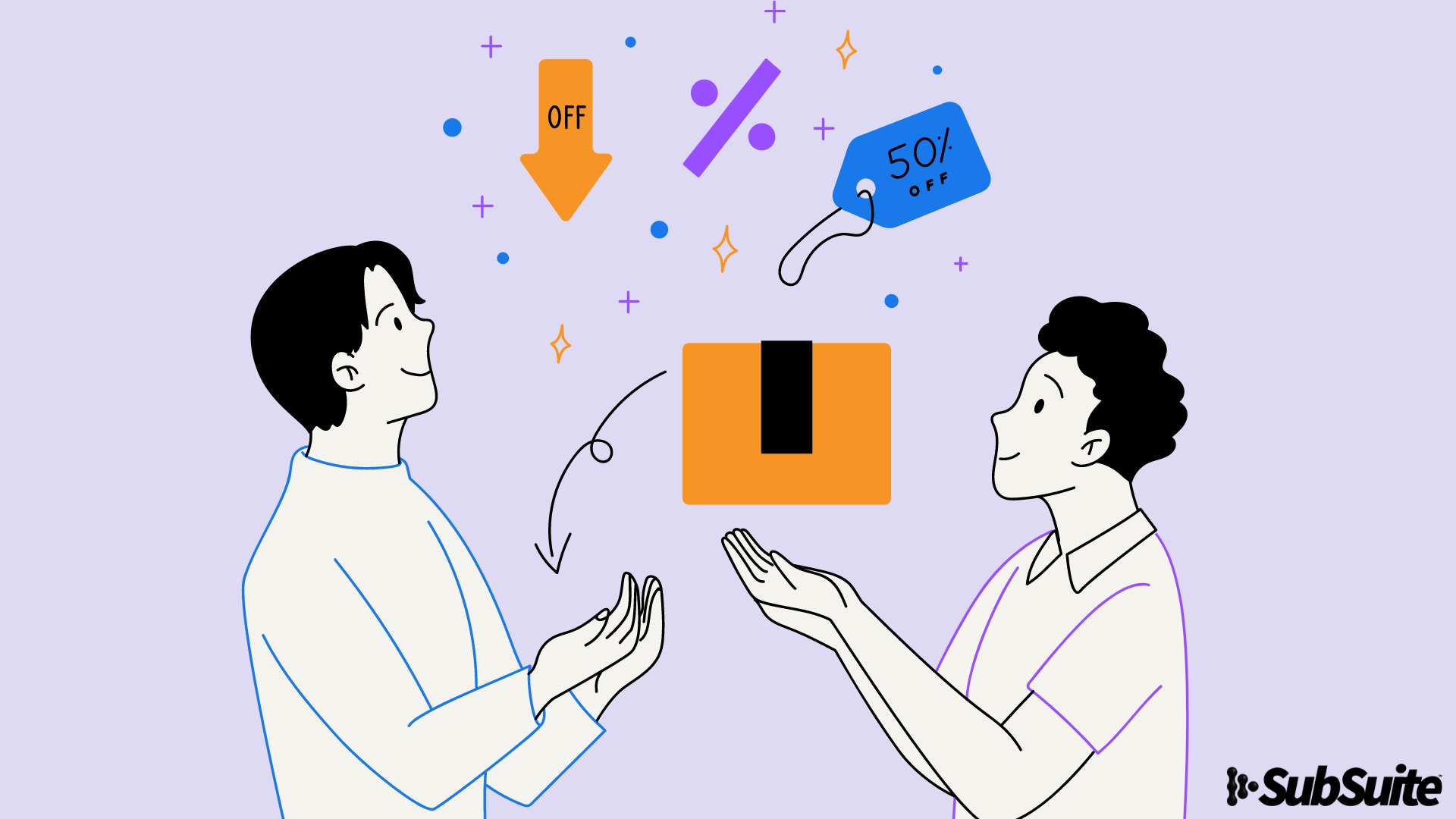DIY Bundles vs. Traditional Bundles: A Flexible Approach to Subscription Growth

In the dynamic world of subscription services, bundling strategies play a crucial role in attracting and retaining customers. Two prominent approaches are DIY bundles and traditional bundles. While both have their merits, DIY bundles offer a level of flexibility that can significantly enhance subscription growth through cross-promotions.
Understanding Traditional Bundles
Traditional bundles involve pre-packaged sets of products or services offered at a discounted rate. These bundles are designed by the service provider and presented to the customer as a fixed package. While this approach can simplify the purchasing decision and offer cost savings, it also comes with certain limitations:
Limited Customization: Customers have little to no control over the contents of the bundle. This rigidity can lead to dissatisfaction if the bundle includes items they don’t need or want.
Higher Churn Rates: If customers feel they are not getting value from all components of the bundle, they may be more likely to cancel their subscription.
Complex Inventory Management: Managing pre-packaged bundles can be challenging, especially if certain items in the bundle are more popular than others
.
The Rise of DIY Bundles
DIY bundles, on the other hand, allow customers to create their own bundles by selecting from a range of products or services. This approach is particularly effective when combined with cross-promotions, where two or more brands collaborate to offer a customizable bundle.
The benefits of DIY bundles include:
Enhanced Flexibility: Customers can tailor the bundle to their specific needs and preferences, increasing satisfaction and perceived value.
Improved Retention: By allowing customers to choose what they want, DIY bundles can reduce churn rates and foster long-term loyalty.
Cross-Promotional Opportunities: Partnering with complementary brands to offer DIY bundles can expand your reach and attract new subscribers.
Comparing the Two Approaches
Customer Satisfaction: DIY bundles generally lead to higher customer satisfaction due to their customizable nature. Traditional bundles, while convenient, may not always meet the diverse needs of all customers
Marketing Flexibility: DIY bundles offer greater marketing flexibility. Brands can quickly adapt to market trends and customer preferences by updating the available options in the bundle2.
Operational Complexity: Traditional bundles can simplify inventory and operational management, but DIY bundles require robust systems to handle the customization process.
Implementing DIY Bundles with Cross-Promotions
To successfully implement DIY bundles, consider the following steps:
Identify Complementary Brands: Look for brands that offer products or services that complement your own. For example, a fitness subscription service could partner with a health food delivery service.
Develop a User-Friendly Interface: Ensure your platform allows customers to easily select and customize their bundles.
Promote the Flexibility: Highlight the customizable nature of your DIY bundles in your marketing campaigns to attract customers who value personalization.
Conclusion
While traditional bundles have their place in the subscription market, DIY bundles offer a flexible and customer-centric approach that can drive significant growth. By leveraging cross-promotions and allowing customers to create their own bundles, subscription brands can enhance satisfaction, reduce churn, and attract a broader audience.









